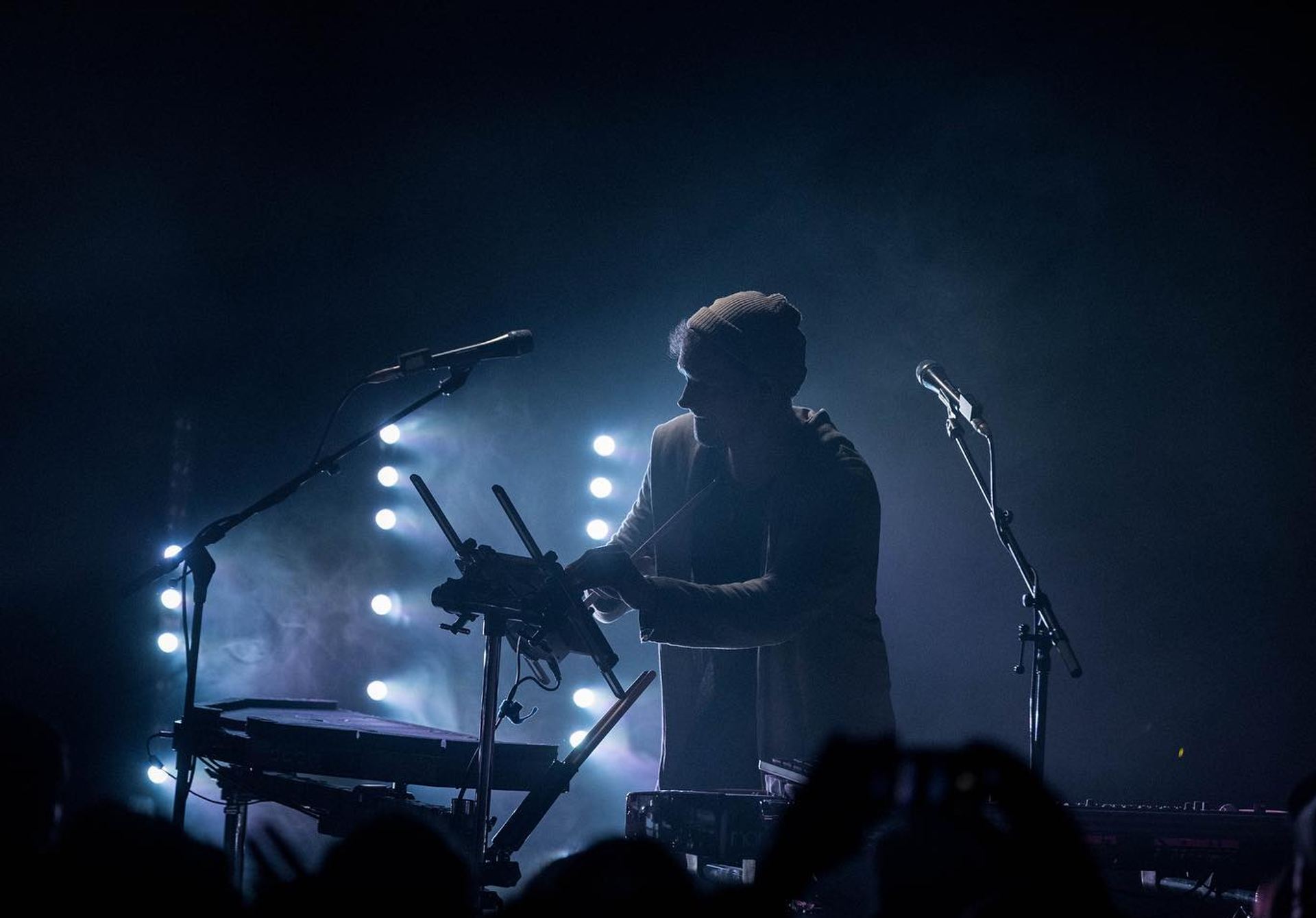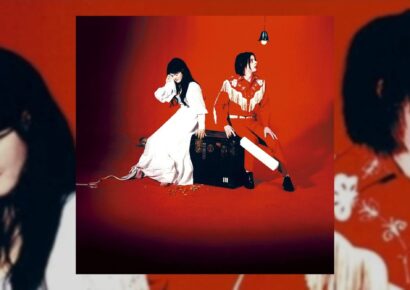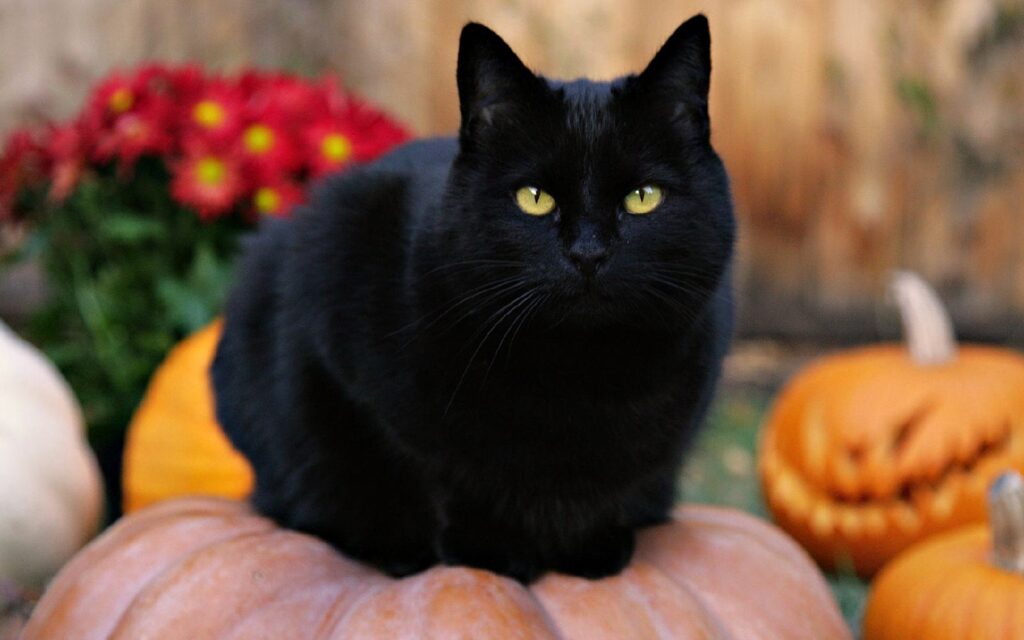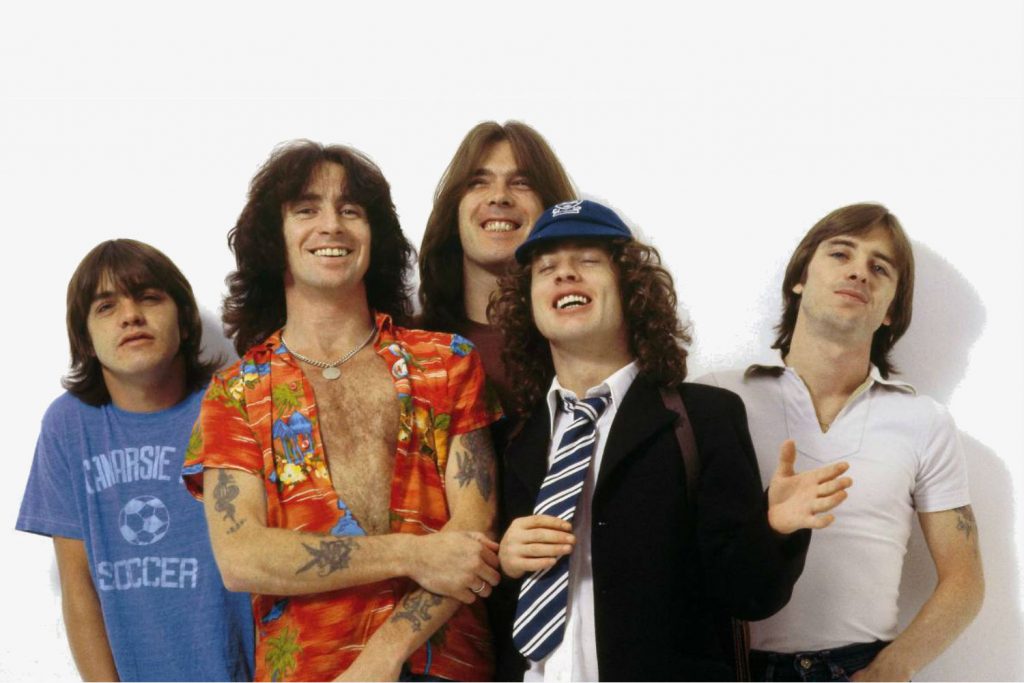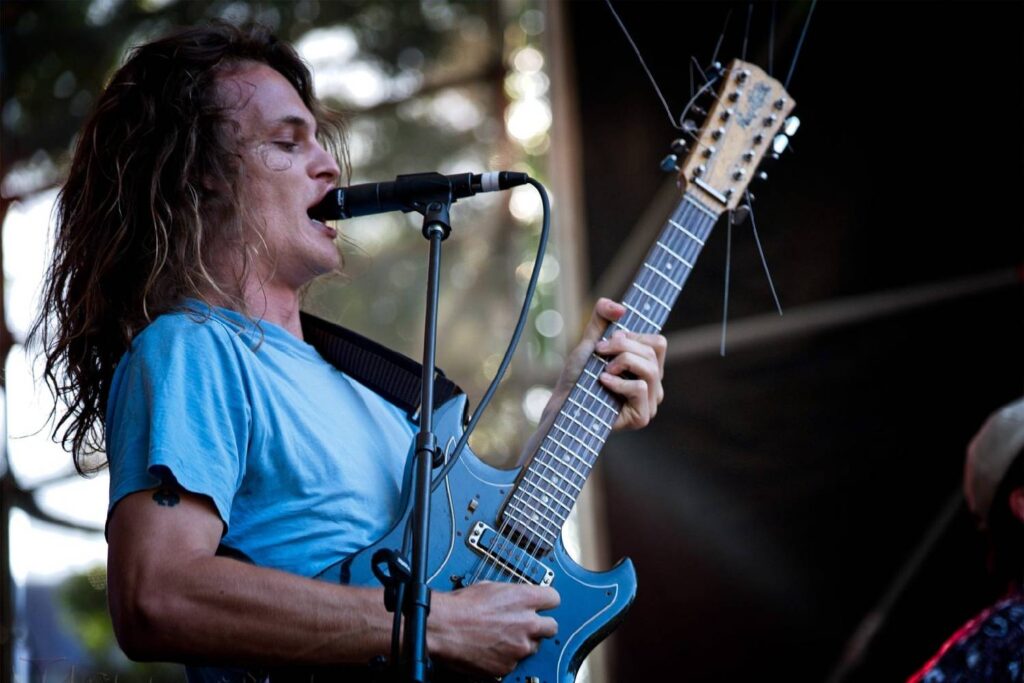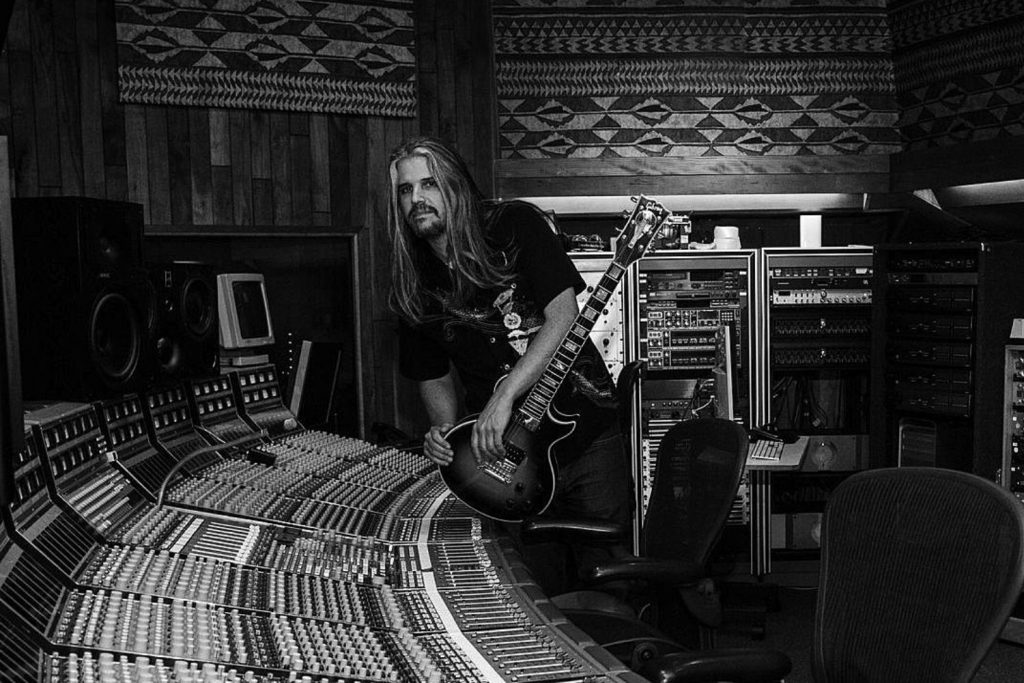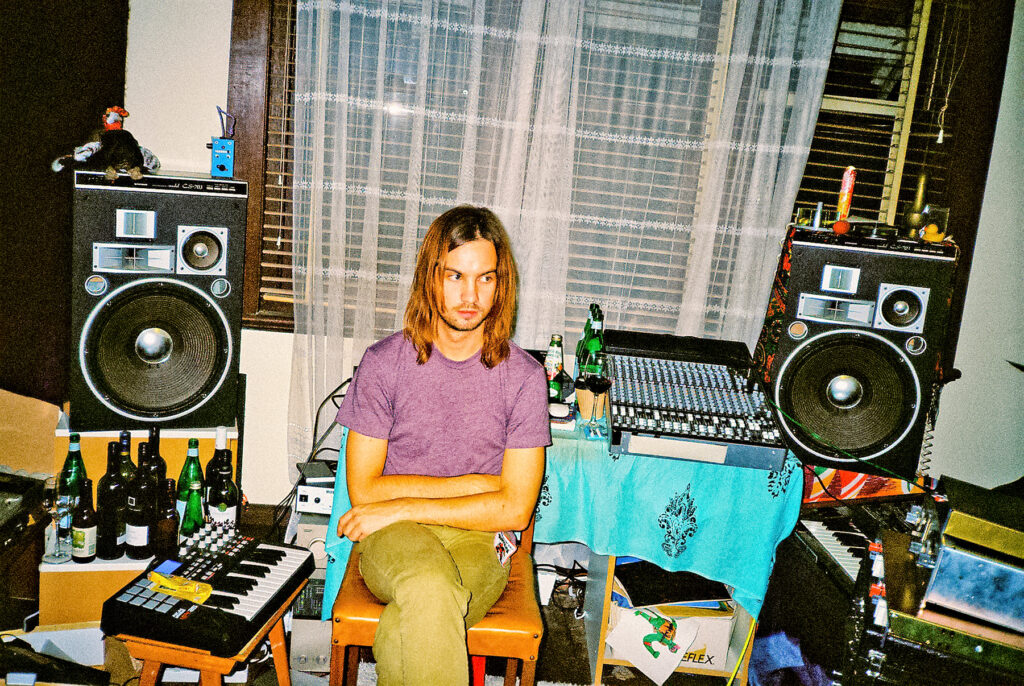The Kite String Tangle, aka Danny Harley, decided to walk Mixdown through the ins and outs of his studio space, his ideal workflow, and the gear that defines his sharp new sound.
The Kite String Tangle, aka electronic artist, multi-instrumentalist, and producer Danny Harley, is back in a big way with a mesmeric and simmering new single – ‘Fist Fight’.
Read up on all the latest interviews here.
Featuring collaborations with a range of artists, including Bridgette Amofah, his debut album, The Kite String Tangle, released in 2017, earned Danny a great deal of critical acclaim, including his second ARIA Award nomination. He then followed up that release with his second album C()D3X in 2020, which saw him win the 2020 QMA for Best Dance Song & Best Video (‘P()L4R’), having already previously won in 2018 & 2019.
Being a huge supporter of the local Brisbane music scene, and namely, a member of the team who developed and opened the much loved 4000 Studios, In celebration of his new track, Danny decided to walk Mixdown through the ins and outs of his studio space, his ideal workflow, and the gear that defines his sharp new sound.
How has your writing and recording process evolved from your last LP release all the way up to this new single – was there a conscious effort to expand TKST’s sound this time around, or are you working more intuitively and seeing how things shake out?
There were quite a few changes for this record. Firstly I moved studios and so I took that as a bit of an opportunity to get things plumbed the way I’ve always wanted to and swapped out a few things and added a couple of dream synths and a bit of a modular synth set up. The general idea is that everything is always plugged in and ready to go so there’s no interruption to the creative process once you find yourself there.
Tell me about your songwriting process – do you start in the box, on an instrument, or do something entirely different all together?
Writing-wise I noticed that it’s much easier for me to write beats and instrumentals on my laptop than it is for me to write songs with vocals and so I challenged myself to start with vocals a lot more. I wrote pretty much a new song every day for months and built up a massive batch of vocal songs that I could then use to flesh out the instrumentation underneath. This was a really good process for me because I essentially did the bit that I found the hardest first, and only really progressed the ones that I really loved. I definitely tried to make the record sound more cohesive than previous records too, as that’s something I’ve always struggled with.
Talk me through your workflow from demo to track completion. Any preference of DAW? Is there a particular element of your setup that goes the extra mile? Do you begin in the bedroom or head straight to the studio?
I always use Ableton these days. I’ve used Pro Tools in the past and it was great for that time but I find Ableton to be much faster to get ideas out and now with its comping feature I don’t find I have a need to go back to Pro Tools anymore. I treat music writing like a bit of a 9-5 job and go to the studio everyday to write or finish stuff. Something I’m trying to focus on these days is trying to get the best sounds possible recorded so that I’m having to do as little as possible on the laptop, that said, I still do heaps of processing once I’m in the box. I have everything going through an old Yamaha console with some sends going to guitar pedals that I can record in separately too so that’s been a fun new part of the set up.
Could you tell me a little bit about your work with 4000 studios? What makes the space so special?
We built this space last year and it’s been truly incredible getting to build something from scratch. It has 14 producer rooms and they’re all filled with like-minded tenants so that’s the thing that really makes it special. The community is amazing. We do ’Show and Tell’ sessions every month where we go into each studio and check out what each person is working on and give feedback or just general compliments. That’s been really great.
Which pieces of equipment are integral to the band when it comes to translating TKST’s essence from a recorded to a live context? Are you trying to replicate your studio sound when you perform, or do you prefer to let the songs breathe and find their own live groove?
A lot of the sounds are pretty hard to recreate out of the box to be honest so I work a lot with samples and sampled instruments from the stems. My ethos is that most of my time is spent crafting the sounds to be exactly how I want them and so I try to deconstruct them as little as possible. I mainly play a Nord piano / sampler and a big percussion trigger pad called a TrapKat. But I don’t use that stuff heaps in the studio so they’re fairly different environments for me. I do like doing extended edits or remixes of the songs to give them a different vibe for the live show though. That’s fun.
Are there any pieces of gear you’ve acquired, be it something cheap that punches massively above its weight, or a less-wallet friendly splurge, that have tangibly influenced the way you write and record music to this day?
Two things that spring immediately to mind are the Roland SH-101 which is just a fantastic basic analog synth. As classic as they come. Great for leads and basses and anything monophonic basically. The other is my new modular synth set up which is ever expanding. I find the lack of any rules makes you stumble across happy accidents more than you would if you were fumbling around a regular synth architecture. Lots of fun. I’ve also re-fallen in love with my Prophet 08 too. It’s such a versatile synth with a really rich and characteristic sound.
Rig Rundown

SH-101
This is the synth I used for the plucky kind of syncopated sound that you hear throughout the song. I also used it for the long sustained notes in the bridge. It just sounds great straight out of the box, can’t really do much wrong with it.
Prophet 08
I used this for the Reese bass sound that you hear in the verses. It’s also the synth I used for the big brassy synth stabs that are the real hero of this song. I guess the prophet is kind of the king of this song.
Yamaha M1532
This is the console that everything runs through. You can drive the pre’s a little bit and they’re pretty fat. Also each channel has some EQ on it which I use here and there.
Germanium Compressors
These were a fairly recent purchase but I love what they do to the bass. There’s some magic in them that extends the low end or saturated with the drive circuit. Often they find their way on to my bass or kick. They have a wet/dry knob too which is useful.
Ableton
Gotta give a shout out to the star of the show, Ableton. I do all my sampling and recording and everything in here and it’s just such a versatile tool for so many things. The sampler is great and I used that for vocal chops and a lot of the drums.
View this post on Instagram
Keep up to date with The Kite String Tangle here.
